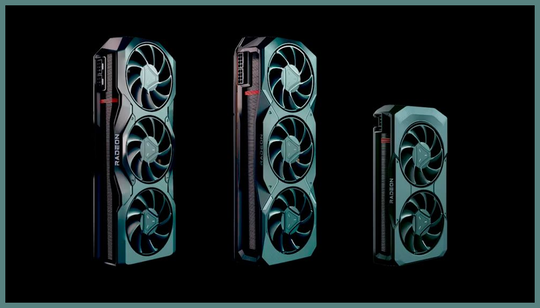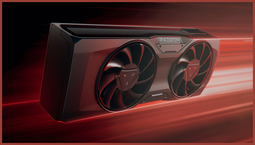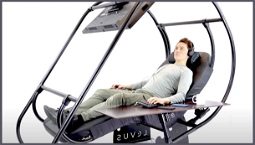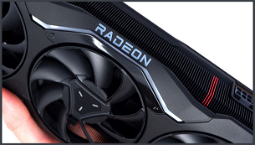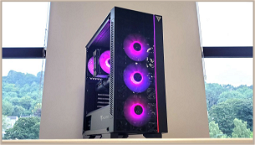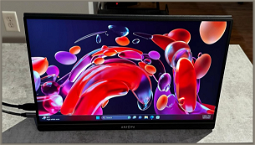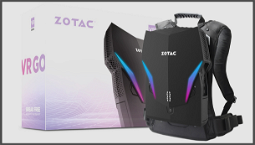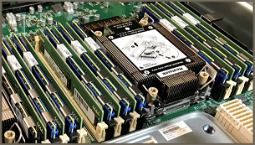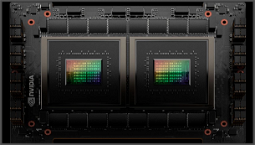AMD’s RDNA 2 VRR feature can reduce idle power draw by 81%
ComputerBase reaches out to AMD for technical details about VRR’s impact on idle power consumption. AMD's RDNA 2 and RDNA 3 GPUs can significantly reduce idle power draw by enabling Variable Refresh Rate (VRR), according to ComputerBase. The tech lets RDNA 2 and RDNA 3 graphics cards more efficiently manage their power consumption by putting them into a low-power state during periods of inactivity.
The findings come from ComputerBase’s recent test of several high-resolution, high-refresh-rate monitors, which the publication uses alongside Powenetics V2 measuring software to assess power draw.
The publication discovers enabling VRR in Windows and AMD drivers lowers idle power consumption on Radeon graphics cards. RDNA 3 GPUs, like the Radeon RX 7900 XTX, see an 81% decrease in idle power draw with VRR enabled, while RDNA 2 GPUs experience a slightly smaller reduction.
ComputerBase also notes the effect isn’t seen on Intel’s Arc A770, though the reason for this is unclear. The test also reveals Nvidia’s GeForce RTX 40-series GPUs see increased power draw during idle, though the effect isn’t seen on the RTX 4080.
The findings come amid some concern about the power consumption of RDNA 3 GPUs. However, VRR helps reduce the issue and keeps RDNA 3 GPU idle power consumption close to levels seen with Ada Lovelace.
However, the Radeon RX 7900 XTX’s power consumption is still higher than the GeForce RTX 4080 in certain scenarios, and we’ll update the article once we hear back from AMD.
Check out the full test over on ComputerBase.
